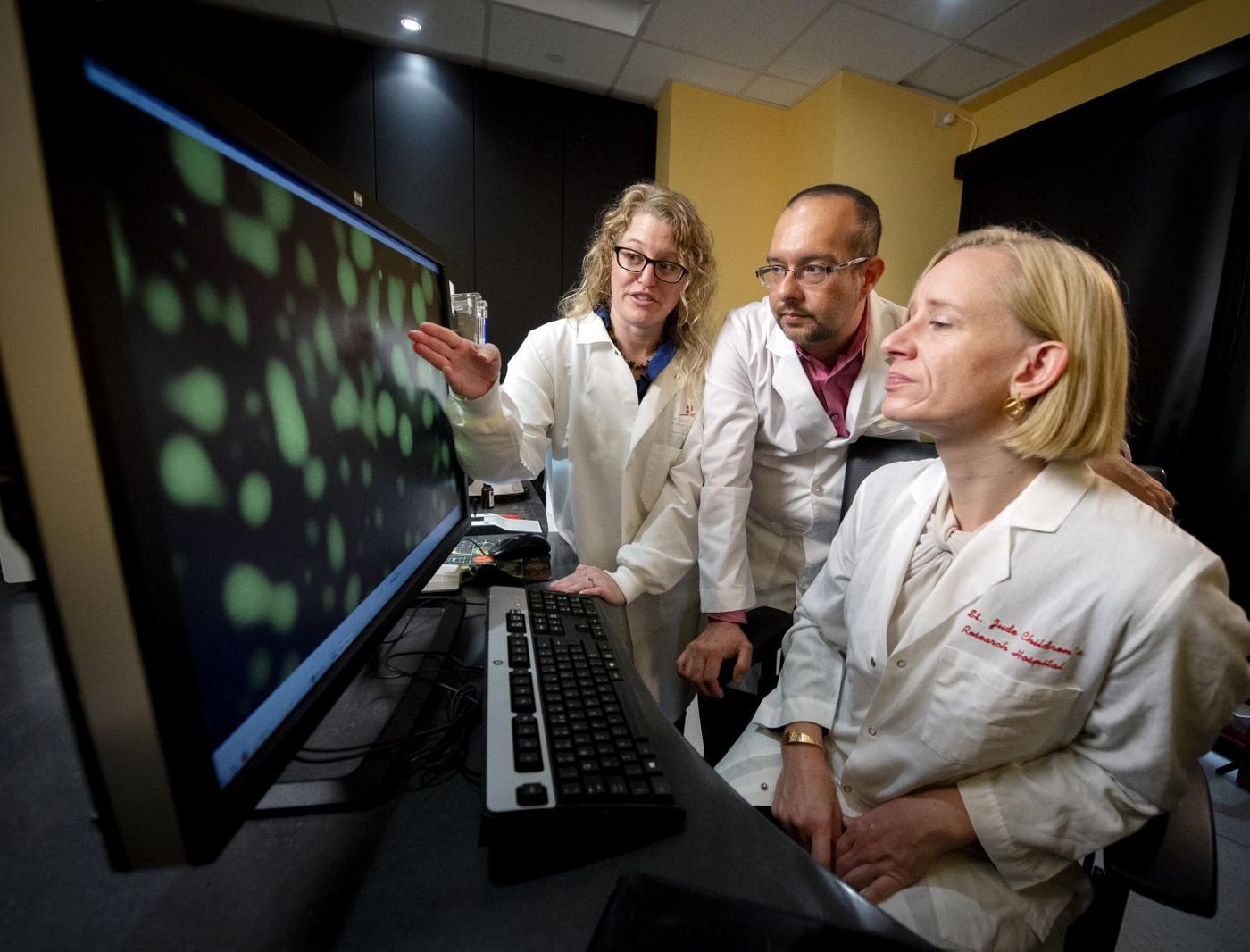Liquid Phase Separation may Play a Role in Cancer
Not all liquids mix, as evidenced by oil and water; the phenomenon is called liquid-liquid phase separation. Researchers have shown how that kind of separation is used by cells to carry out certain functions and new work by scientists at St. Jude Children's Research Hospital have now found that it can play a role in solid tumor formation. This work, which could have important implications for prostate and breast cancer, has been reported in Molecular Cell.
A gene called SPOP helps the cell recycle its materials by attaching to unneeded proteins so they can be marked for degradation. It’s also known to suppress tumor growth; researchers found that when there are mutations in that gene, harmful proteins build up and can contribute to cancer. The gene is often mutated in solid tumors of prostate and other cancers. But this new work shows that those SPOP mutations can also disrupt liquid-liquid phase separation.
"This study shows for the first time that tumor-suppressor function can be influenced by phase separation and that mutations in the tumor suppressor, in this case SPOP, disrupt phase separation," noted corresponding author Tanja Mittag, Ph.D., an associate member of the St. Jude Department of Structural Biology.
Cells can hold onto an equilibrium even under changing conditions because of liquid-liquid phase separation. It can sequester parts of the cell and creates so-called membraneless organelles, which are present throughout cells. While we’ve known about these compartments for many years, Mittag said that our understanding of their role is expanding, and is launching a new era."Some have called it biology 2.0," she said.
Mittag and colleagues were interested in SPOP because of its function in the breakdown of proteins. "The story turned out to be more complicated," she revealed. SPOP is able to attach to molecules with not one but multiple binding sites, called multi-valency. One such molecule is DAXX, which is an androgen receptor that can promote cancer.
DAXX was able to initiate liquid-liquid phase separation with SPOP when expressed together in cells. SPOP and DAXX moved out of separate membraneless organelles in the nucleus, and into a phase-separated compartment of their own
Inside that new membraneless organelle, enzymatic activity was happening, with SPOP probably acting as tumor suppressor by tasing DAXX to be destroyed. "The big question for the field has been what is going on inside these compartments," noted co-first author Joel Otero, Ph.D., of the St. Jude Structural Biology department. "This research showed the membraneless organelles are actually promoting a reaction by bringing together SPOP and its substrate, in this case DAXX, so the reaction can take place."
When DAXX was expressed with a mutated form of SPOP, there was no liquid-liquid phase separation. There was no rendezvous between DAXX and mutant SPOP; they stayed in separate compartments. There weren’t as many DAXX proteins tagged for destruction.
"A lot of previous research has shown cells use membraneless organelles to sequester molecules until they are needed," said first author Jill Bouchard, Ph.D., a postdoctoral fellow in the Structural Biology department. "This study showed that activity also occurs inside membraneless organelles."
Bouchard explained that a balance of proteins can't be maintained when there's no phase separation. For one thing, DAXX levels can increase, which may have disastrous consequences.
Learn more about phase separation research from video below.
Sources: AAAS/Eurekalert! via St. Jude Children's Research Hospital, Molecular Cell









